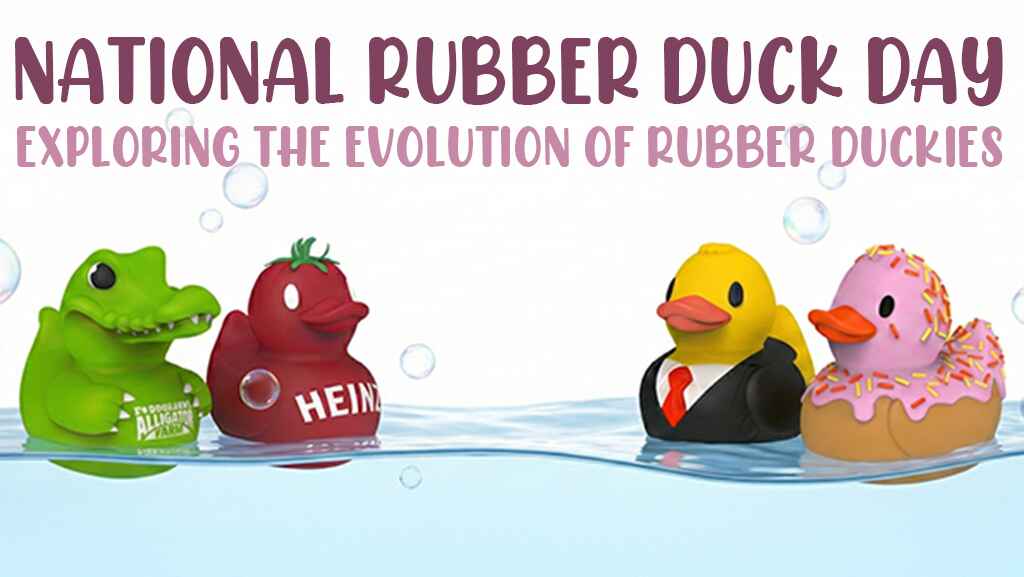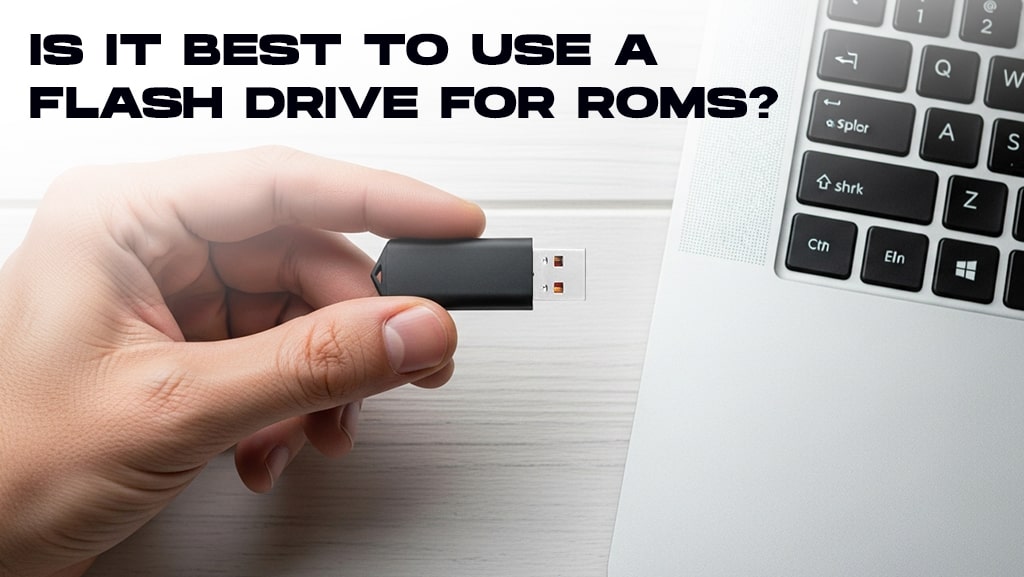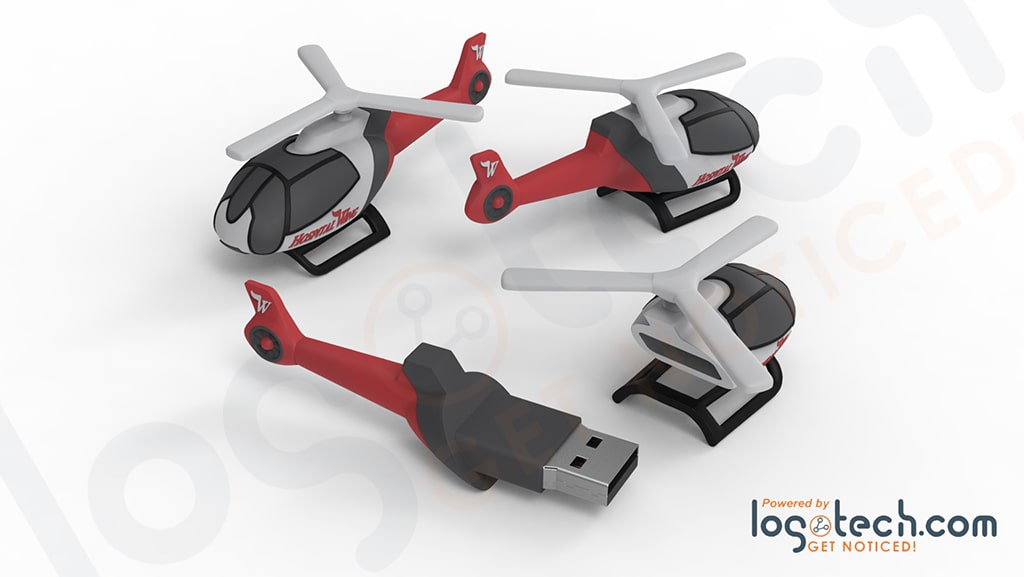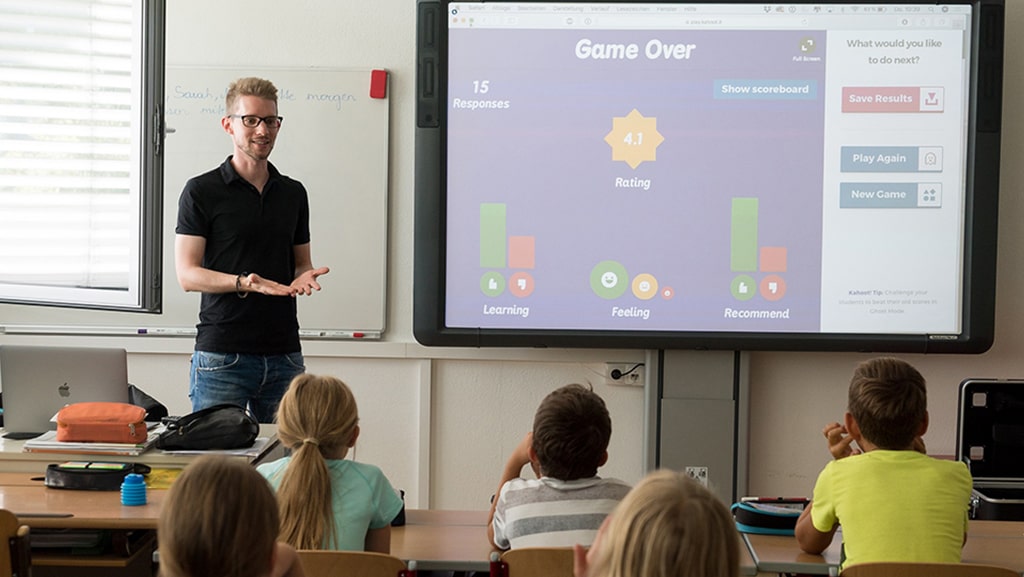
How Technology Changed Teaching
How does one keep the educational process effective and relevant to the modern age? The interests and ideologies of today's student have shifted dramatically, and technology plays a giant part in that. If I were a teacher I wouldn't want my student's attitude to be "I'm failing because of this sick new game ... oh well, YOLO!" and would quickly familiarize myself with these crucial technological milestones that changed teaching forever.

His majesty, the Internet
It took a bit of time for the internet to be really implemented in the educational process, but it is now an inseparable part of it, especially in higher education. This seemingly unlimited and almost instantaneous resource of information grants people the ability to teach and learn quicker than ever. E-mail your students the details about their latest assignment? No problemo. Post any sort of information to your class using a popular social network? Sure!
All this has been taken a few steps further still. Practices such as online schooling by which the student is fully or partially educated via the internet, and virtual classrooms, designed to simulate a real one, using the latest communication software, are becoming ever more common. This is all a great step for education, provided you don't get sidetracked by funny cat videos.
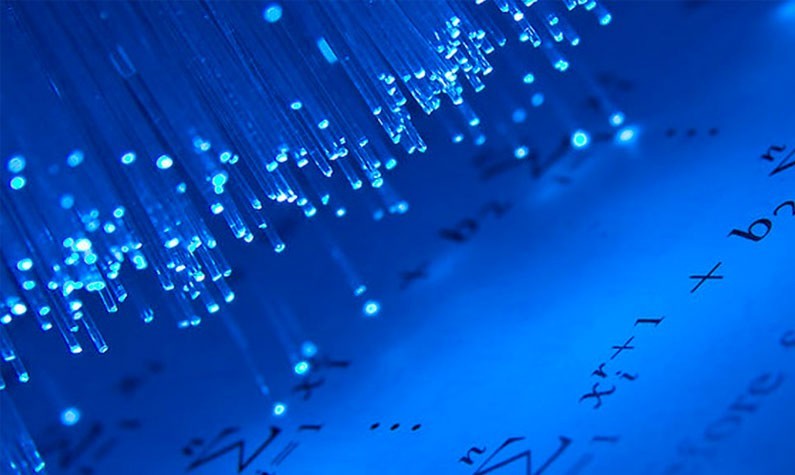
USB mass storage technology
There is no denying how great the Internet is, but it is not the most reliable thing out there, is it? You have prepared a great presentation for tomorrow's class but in the meantime it somehow slipped your mind to pay your internet bill. Fear not my friend, your trusty promotional flash drive is able to carry considerable amounts of information while occupying only a tiny amount of space in your pocket or bag.
This little helper has saved me on more occasions than my wonky internet provider would care to admit. Let's not forget its practically full compatibility with anything manufactured in the last decade or so. The lack of moving parts will ensure better safety for your data, and the high speed of transfer means your workflow will be kept going without a major slowdown.
There is another fun and practical side to all this as well. Even with the current state of technology you will need your pen. What if it were also an USB pen laser pointer? Endless customization is available, so if you have a taste for unusual trinkets, play with your imagination and have one made especially for you.
Projectors
Today there is probably nothing like a rectangle full of color images to grab a person's attention. Even though a plain text-based Powerpoint presentation might be equally or even more disengaging than the old chalk-on-blackboard writing, the teacher or lecturer has the full creative freedom to mix it up and really make it memorable for the learner. It can also negate the need for countless educational canvases and possibly other materials to be carried around and stored in the learning facilities, saving space as well as time.
The utilization of image projection entered the classrooms in the form of the so-called overhead projector which provided a cheap method of setting up an interactive lesson. This puts the teacher in a much more comfortable position in which they can face the class and quickly write new text with a marker. The re-usability of the projected materials is also a great time-saver. The technology then evolved, leading to the use of LCD projection, which also fell out of favor with the rise of new tech such as video projectors, interactive whiteboards (which grant the user with direct control from the projected surface itself), document cameras - real-time image capture devices which are in essence high-res web cams used to display objects to a large audience.
Interactive software
Now that most visual projection is PC-based, let's put it to good use. A wide variety of software has been developed to aid the teacher in presenting more clearly, quickly and interactively. This leads to a considerable rise in effectiveness and increases the student's engagement and ease of understanding. I still remember that time in my school days when our math teacher taught us about volumetric bodies and a number of students with weaker three-dimensional thought were having a bit of a trouble trying to digest the classic but limited way of graphing a 3D object in 2D. I thought to myself how a simple moving digital model would drastically improve the learning curve of my classmates.
As you might imagine, current technology is capable of feats beyond what I just described. All over the world effort is put towards the invention and diversification of numerous education-oriented software. The optimal result from all this is a fresher, more up-to-date teaching/learning experience which gives a lot less reason for a student to drool over a desk playing a zombifying smartphone app. Inevitably, progress leads to more progress. Our beloved tech geeks continue to ease our life in every possible respect and education is no exception.
Technology continues to change, as have classrooms. If your students are now learning remotely, have you given them branded flash drives for their homework? Contact your Logotech account manager to find out how your school can use them to help students achieve.





